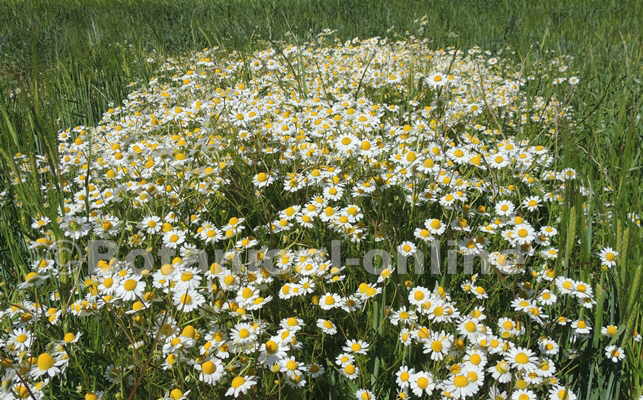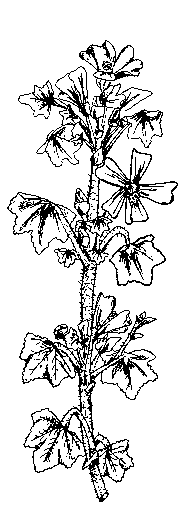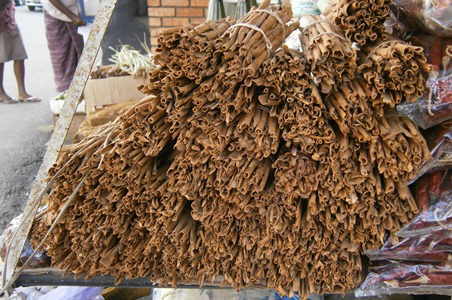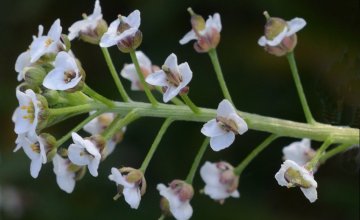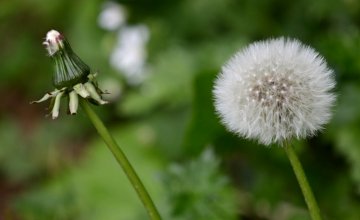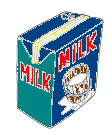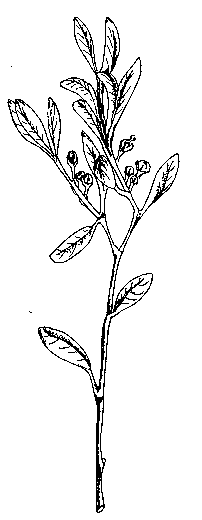Contents
Characteristics of edible flowers
What are edible flowers?
We call edible flowers those inflorescences or flowers that can be eaten.
Edible flowers provide a lot of color and joy to the recipes. Being such delicate ingredients, we will usually collect them from the garden itself, since they are difficult to find in most food stores. As we will see, we have flowers and colors of all kinds and for each season.
Important difference between flowers and edible plants
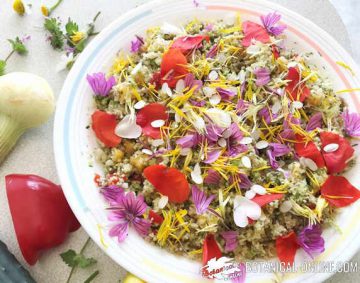
Many times, “edible flowers” do not come from fully edible plants, as we will find plants whose flowers are edible, but other parts of the plant can be toxic (for example, elderberry, whose leaves are toxic).
Other times, the leaves of the plant are not consumed because they simply do not taste good. In any case, it is recommended to consume only the plants (and parts of the plants) whose edibility is known.
Rules for the collection of edible flowers
- You cannot eat any flower, but only those that are known to be edible. Some flowers are poisonous.
- It is recommended to grow the flowers yourself. If we collect flowers from the field, it is important to ensure that the flowers are not contaminated by domestic or grazing animals, car smoke (do not pick up on side roads), mushrooms, etc.
- We must make responsible consumption, so as not to alter the ecosystem. Wild flowers are the home of beetles, grasshoppers and numerous other important animals and insects. Do not collect more than half of flowers from a plant.
- Some wild plants may be in danger of extinction, such as arnica, so they should not be collected.
Nutritional value of wild flowers
The nutritional value that these ingredients give us is very varied, although normally, in the quantities consumed, they are not too significant either. In general, all flowers are rich in flavonoids, such as carotenoids, and vitamin C.
Nasturtium flowers, for example, contain glucosinolates, which are the same antitumor components that broccoli gives us, and that give the flower its spicy flavor.
The flowers of mallow and violet are rich in mucilages, which help to improve constipation. It is also said that dandelion flowers have a lot of quercetin, …
Which wild flowers are edible?
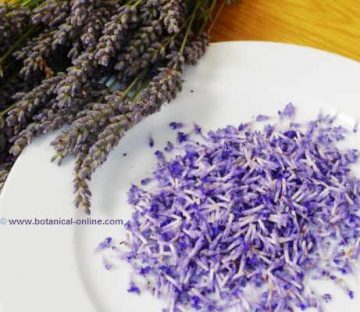
Among the plants that can be used, we have the whole rainbow, one for each time of the year:
- Pink color: Roman sage, mallow, thyme, Breckland thyme, centifolia rose, wild rose, clary sage, echinacea petals, wild pink garlic, chives, etc.
- Purple color: Sage, lavender, violet, alfalfa, cow vetch, etc.
- Red color: Poppy, nasturtium or cress petals, etc.
- Yellow color: pumpkin flowers, marigold or wild marigold, meliloto, Lamium galeobdolon, primrose (Primula veris and Primula vulgaris), salsify, dandelion, fennel, sea fennel, mustard, etc.
- Orange color: Calendula (Calendula officinalis), Nasturtium or cress petals, etc.
- Blue color: Rosemary, Borage, violet, pansies, Myosotis, etc.
- White color: Hawthorn or white hawthorn, elderberry, wild rose, white nettle, yarrow, melilot, borage, etc.
![]() More information on wild flowers and edible wild plants
More information on wild flowers and edible wild plants
12 November, 2025

